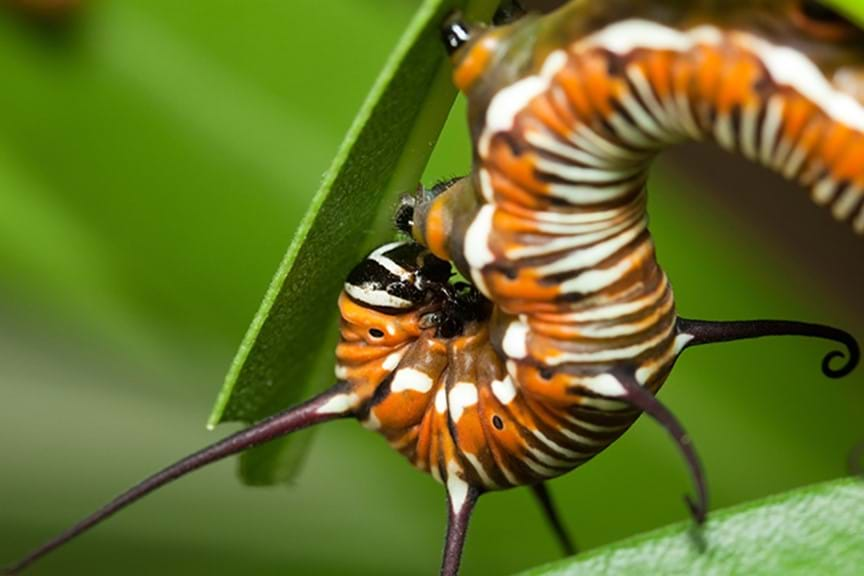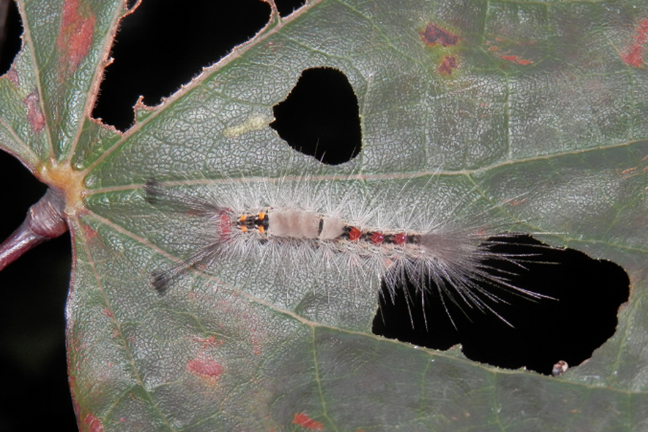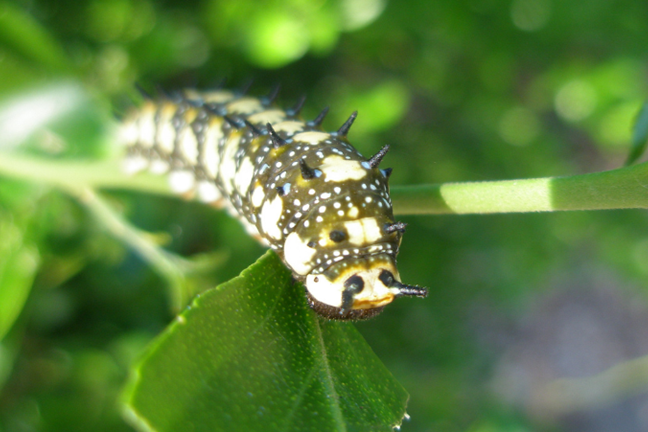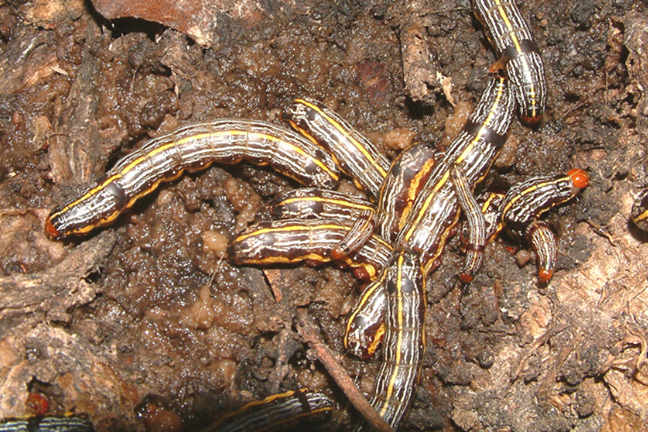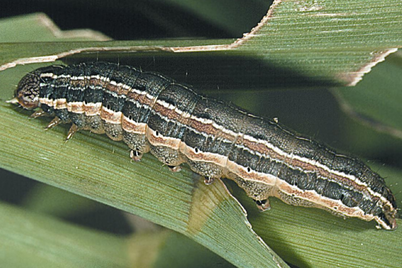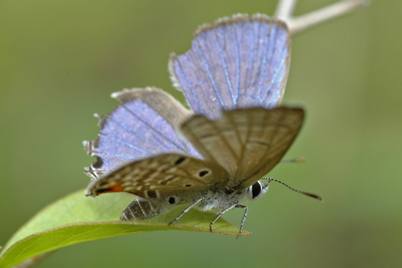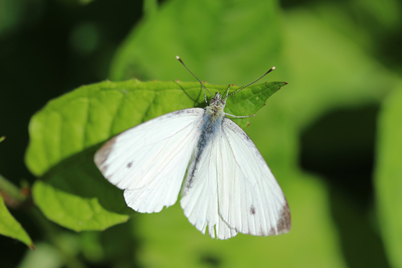Moths and butterflies form the order Lepidoptera, a word which means lepís 'scale' + pterón 'wing', therefore, 'scaly wings'. The wings of moths and butterflies are covered with tiny overlapping scales, as are the head and parts of the thorax and abdomen.
The scales give the insects their colour, either through the pigments contained in the scales or by structural colouration (such as diffraction). Scales also provide insulation, which has allowed moths to become the dominant night flying insect.
Moths and butterflies have a proboscis, which they use to extract nectar from flowers. When not in use, the proboscis curls up neatly under their heads.
In the insect world there are always oddities. There are wingless moths (such as female Case Moths), and some moths don't have proboscises and don't feed at all (such as Emperor Gum Moths).
What is the Difference Between a Moth and a Butterfly?
Butterflies always have antennae with a club at the tip, while moths usually have feathery or thread-like antennae. Butterflies usually hold their wings upright when resting, unless they are sunning themselves, while moths usually fold theirs down.
Do Moths Only Fly at Night?
No, some species such as the Grapevine Moth, aka Vine Moth (Phalaenoides glycinae) are day-flying moths. Grapevine Moths are black moths with yellow or white wing markings with a wingspan of about 50 mm. They have tufts of bright orange hairs on the tip of their abdomen and at the base of their legs. Males and females are not easy to tell apart unless you examine the tip of their abdomen – it is squarish in males and tapered in females. Grapevine Moth is found in south-eastern Australia including SE Queensland, New South Wales, Victoria, Tasmania and South Australia.
